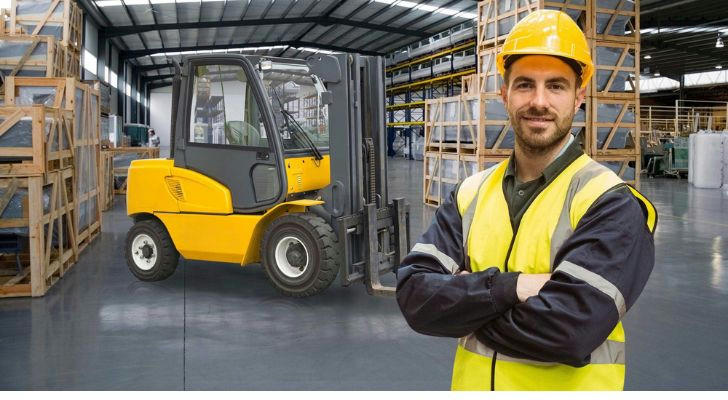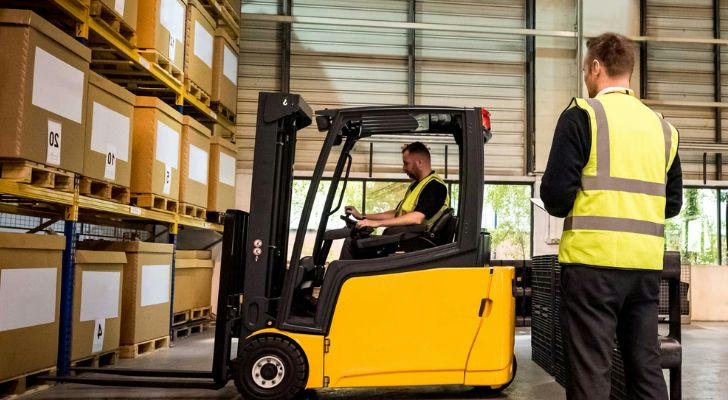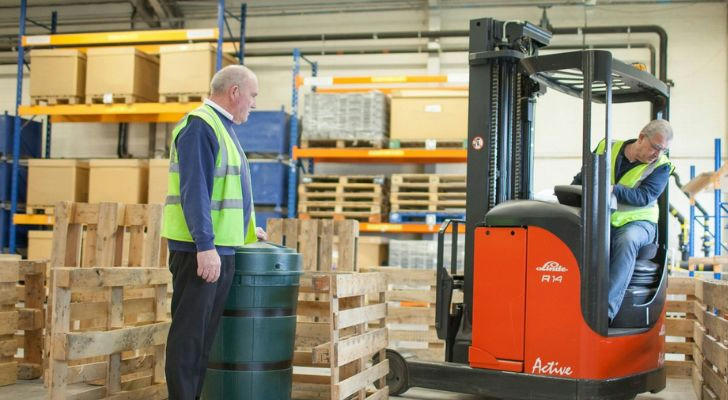Forklift Training Certification: A Pathway to Workplace Safety and Professional Growth
Forklift operation is an indispensable skill in industries such as warehousing, manufacturing, construction, and logistics. Proper training and certification not only safeguard workplace environments but also empower individuals to pursue rewarding career opportunities. This article explores the significance of forklift certification, the structure of training programs, and their impact on safety and career advancement.

1. The Necessity of Forklift Certification
Regulatory Compliance
Occupational safety regulations in many regions mandate that forklift operators hold valid certifications. For instance, organizations in the U.S. must adhere to OSHA standards, which require documented proof of training.
Non-compliance exposes employers to legal penalties and reputational risks.
Accident Prevention
Forklift-related accidents, including collisions, tip-overs, and improper load handling, account for significant workplace injuries annually.
Certification programs equip operators with the knowledge to mitigate risks, such as navigating hazardous environments and adhering to load capacity limits.
2. Key Elements of Forklift Training Programs
Comprehensive training combines theoretical education and practical application:
Classroom-Based Learning
Topics include forklift mechanics, stability principles, load balance calculations, and workplace hazard identification (e.g., uneven surfaces, pedestrian traffic).
Trainees learn to interpret safety data sheets and comply with industry-specific protocols.
Hands-On Practice
Supervised sessions focus on maneuvering techniques, stacking procedures, and emergency response protocols (e.g., equipment failure, spill containment).
Simulations replicate real-world scenarios, such as operating in confined spaces or under low-visibility conditions.
Assessment and Certification
Final evaluations include written exams to test theoretical knowledge and practical demonstrations of operational competence.
Successful candidates receive certifications recognized by employers and regulatory bodies.
3. Safety Advantages of Certified Training
Reduced Injury Rates
Proper training minimizes accidents caused by speeding, abrupt turns, or overloading. Operators learn to assess risks like unstable loads or obstructed pathways.
Emphasis on pre-operation inspections ensures equipment is in optimal condition.
Enhanced Operational Efficiency
Certified operators complete tasks more efficiently, reducing downtime caused by errors or accidents.
Compliance with safety standards streamlines workplace audits and lowers insurance premiums.

4. Career Opportunities Enabled by Certification
Competitive Edge in Hiring
Employers in logistics, retail distribution, and manufacturing prioritize certified candidates for forklift operator roles.
Certification demonstrates a commitment to safety and professionalism, distinguishing applicants in competitive job markets.
Higher Earning Potential
Certified operators often command higher wages compared to non-certified counterparts, with salary premiums ranging from 10% to 20%.
Specialized certifications, such as handling hazardous materials or operating advanced forklift models, further increase earning potential.
Leadership and Advancement
Experienced operators may progress to supervisory roles, safety coordinators, or trainers within organizations.
Continuous skill development opens doors to emerging fields like automated warehouse systems.
5. Selecting an Effective Training Program
When evaluating training providers, consider the following criteria:
Accreditation
- Ensure the program aligns with national or regional safety standards (e.g., OSHA, EU directives).
Curriculum Depth
- Look for courses covering both foundational principles and advanced operational techniques.
Flexibility
- Online platforms offer self-paced learning modules accessible to individuals balancing work or education.
Post-Certification Support
- Some programs provide refresher courses or job placement services to assist graduates.
6. Maintaining Certification and Skills
Renewal Requirements
Certifications typically expire after three years, requiring operators to complete refresher courses.
Renewal ensures familiarity with updated safety protocols and technological advancements, such as electric forklifts or IoT-enabled equipment.
Lifelong Learning
- Engage in workshops or industry seminars to stay informed about innovations in material handling and automation.

7. The Role of Technology in Modern Training
Interactive Simulations
- Virtual reality (VR) and augmented reality (AR) tools allow trainees to practice in risk-free, immersive environments.
E-Learning Modules
- Online courses provide scalable training solutions, featuring video tutorials, quizzes, and progress tracking.
Certification Portals
- Digital credentials enable employers to verify certifications instantly, streamlining hiring processes.
Conclusion
Forklift training certification is a cornerstone of workplace safety and professional development. By mastering operational best practices, certified operators reduce accident risks, improve efficiency, and position themselves for career growth. Accessible training platforms ensure individuals can acquire these critical skills regardless of geographical or scheduling constraints. As industries evolve, ongoing education and certification renewal will remain vital to meeting the demands of modern workplaces.
